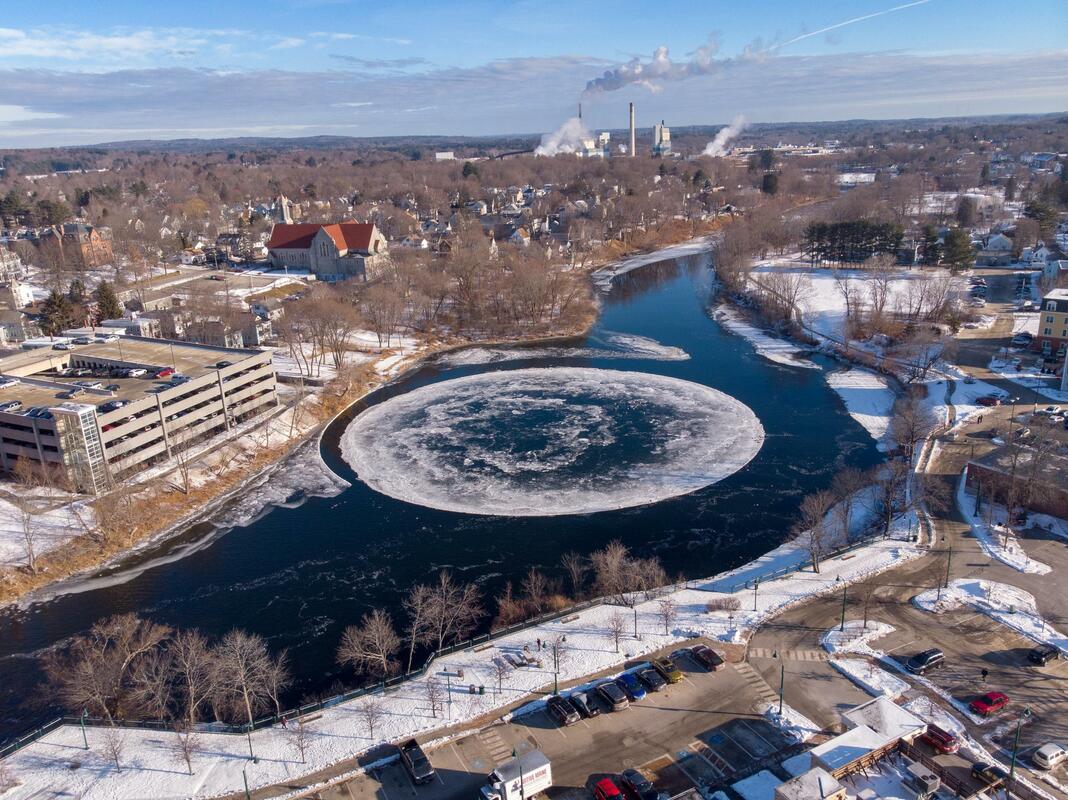Hurricane Irma from space (September 2017)
|
Home >> AP Physics I >> Rotational Mechanics >> Rotational Energy
|
next topic >>
|
7.5 - Rotational Kinetic Energy
- To understand that a rotating object has kinetic energy as work needs to be done to stop it.
- To be able to calculate the rotational kinetic energy of a rotating object.
- To be able to use the concept of rotational kinetic energy and the conservation of energy in the context of objects rolling down a slope.
Rotational Kinetic Energy
Rotating bodies are moving and therefore will require work to be done to stop them. So they have kinetic energy. The equation for this rotational energy is similar to the linear version:
\[KE_{linear} = \frac{1}{2}mv^{2}\]
\[KE_{rotational} = \frac{1}{2}I\omega ^{2}\]
When an object is rolling along the ground, it has two forms of kinetic energy- the linear KE of normal motion and the kinetic energy of the rotation. This becomes really important when we have objects rolling down hills!
Applying the conservation of energy:
\[PE = KE_{linear}+KE_{rotational}\]
When an object rolls down a slope some of the gravitational potential energy is transferred into rotational energy instead of just purely into linear kinetic energy. The object moves slower. The higher the rotational inertia of the object, the slower it moves down the hill.
Rotating bodies are moving and therefore will require work to be done to stop them. So they have kinetic energy. The equation for this rotational energy is similar to the linear version:
\[KE_{linear} = \frac{1}{2}mv^{2}\]
\[KE_{rotational} = \frac{1}{2}I\omega ^{2}\]
When an object is rolling along the ground, it has two forms of kinetic energy- the linear KE of normal motion and the kinetic energy of the rotation. This becomes really important when we have objects rolling down hills!
Applying the conservation of energy:
\[PE = KE_{linear}+KE_{rotational}\]
When an object rolls down a slope some of the gravitational potential energy is transferred into rotational energy instead of just purely into linear kinetic energy. The object moves slower. The higher the rotational inertia of the object, the slower it moves down the hill.
|
|
|
Hurricanes Maria and Irma 2017 - This video shows how a hurricane has both linear motion (KE-linear) and rotational motion (KE-rotational). This is just as they both swept through the Caribbean as category 5 storms.
Revision Sheets
Other Resources
|
YouTube clip - rigid body rotation lecture
|
